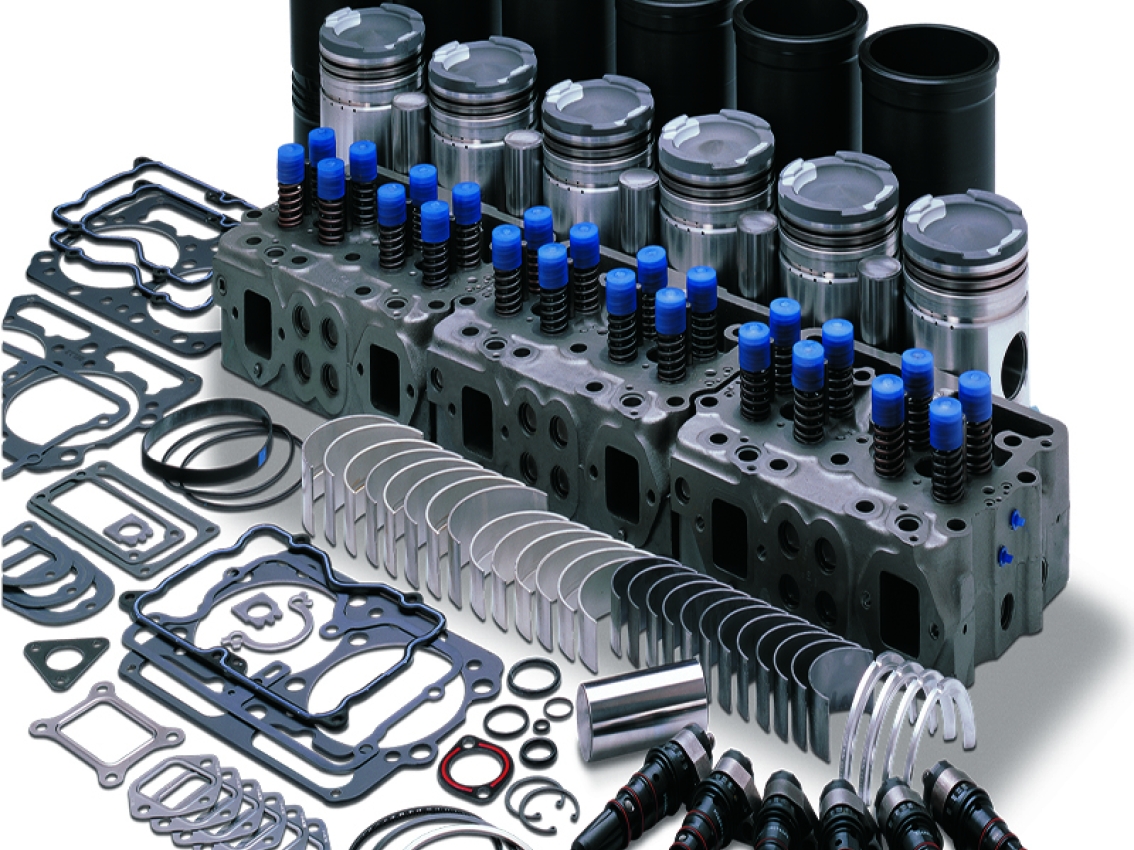In terms of quality, it is hard to judge whether aftermarket parts are better than OEM (Original Equipment Manufacturer) parts. It depends on several factors, including the specific part, the brand, and the intended use. Below are the key considerations to help understand the differences between aftermarket and OEM parts.
Comparison Between OEM Parts and Aftermarket Parts
1. Design and Specifications
- OEM Parts: They are designed and produced by the original manufacturers entirely following the specifications and standards. They accurately match the original parts in terms of size, material, performance, and other aspects. The aim is to ensure that they are safe and reliable and perfectly fit the equipment. Additionally, they are rigorously tested before leaving the factory.
- Aftermarket Parts: Some aftermarket parts are produced by professional third-party manufacturers. These manufacturers can produce parts with similar specifications according to the original manufacturer’s specifications and standards. The quality can reach a higher level and the performance can be better to take the place of OEM parts. However, some aftermarket parts may deviate from OEM parts in design specifications due to cost and other factors.
2. Quality Control
- OEM Parts: Original equipment manufacturers usually have very strict quality control systems. From the procurement and screening of raw materials to multi-process inspection during the production process, to the comprehensive quality inspection of finished products, every step is under strict standards and standardized processes. The aim is to ensure the parts that eventually flow to the market are of high quality and reliable.
- Aftermarket Parts: Regular large-scale aftermarket parts suppliers will also establish complete quality control systems. They often pass various quality certifications to prove and guarantee the reliability and quality of their products. However, some small workshop aftermarket parts manufacturers lack strict quality control processes. As a result, the parts produced may have problems such as uneven quality and poor reliability. The use of such aftermarket parts may bring safety hazards.
3. Adaptability and Durability
- OEM Parts: Since OEM parts are specially designed for the corresponding equipment, they have good adaptability when installed on the equipment. There will be basically no compatibility problems. With normal use and maintenance, the durability can also meet the overall use of the equipment and the life expectancy.
- Aftermarket Parts: Good aftermarket parts can achieve adaptability and durability similar to OEM parts. Aftermarket parts produced by some internationally renowned automotive brands can work normally with stable performance for a long time after being installed on corresponding models. However, some aftermarket parts of poor quality may malfunction quickly, or may not fit well with other parts, resulting in abnormal operation of of the equipment as a whole.
When to Choose OEM Parts
If your vehicle or equipment is still under warranty, using OEM parts may be necessary to ensure warranty coverage remains valid. In addition, for essential components such as engine parts, transmissions, or safety systems, it’s often better to choose OEM parts to ensure long-term reliability and avoid potential issues. And then, if you’re looking for guaranteed performance and longevity without worrying about quality variations, OEM parts are the safest bet.
When to Choose Aftermarket Parts
Aftermarket parts are cost-effective. If you’re looking to maintain or repair your engine or vehicle at a lower cost without compromising too much on quality, aftermarket parts can be a great option. For vehicles or equipment designed for performance such as trucks, race cars, or off-road vehicles, aftermarket parts may offer superior enhancements. Because tuning chips, performance turbos, and exhaust systems are not available through OEM. Moreover, if you’re maintaining an older model that is no longer in production or OEM parts are expensive or hard to find, aftermarket parts may be your best option.
In summary, aftermarket parts can offer great savings and performance enhancements, especially for non-critical components or when upgrading your vehicle. However, OEM parts offer reliability, perfect fit, and long-term durability, particularly when the vehicle is under warranty or for highly critical components. Generally speaking, we cannot say that the quality of aftermarket parts is definitely better than OEM parts. It must be comprehensively judged based on the specific part types, manufacturers, and actual use scenarios. Regular and high-quality aftermarket parts can be as good as OEM parts or even better than OEM parts, while inferior aftermarket parts are clearly of poor quality. How to choose depends on users’ specific needs and priorities.













